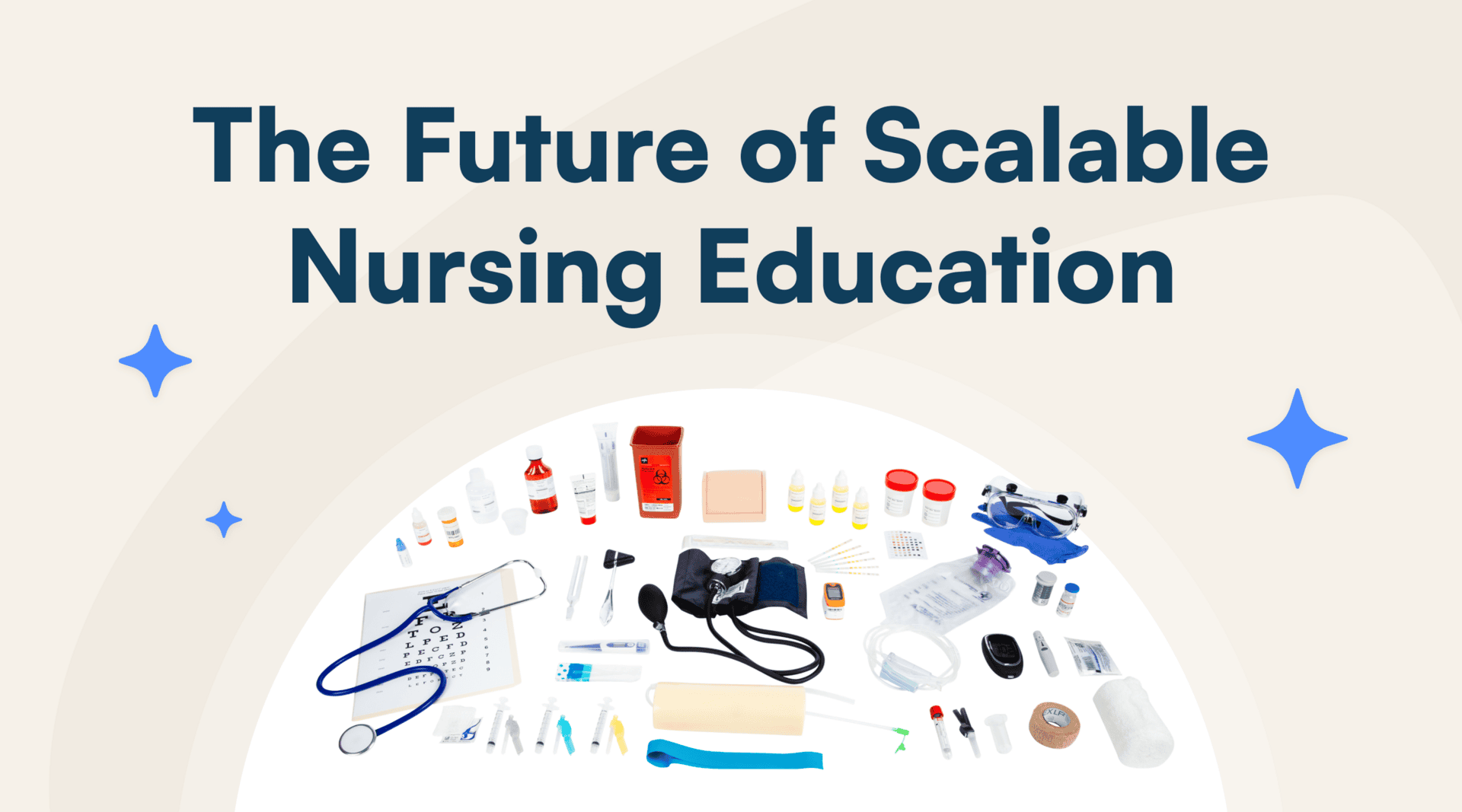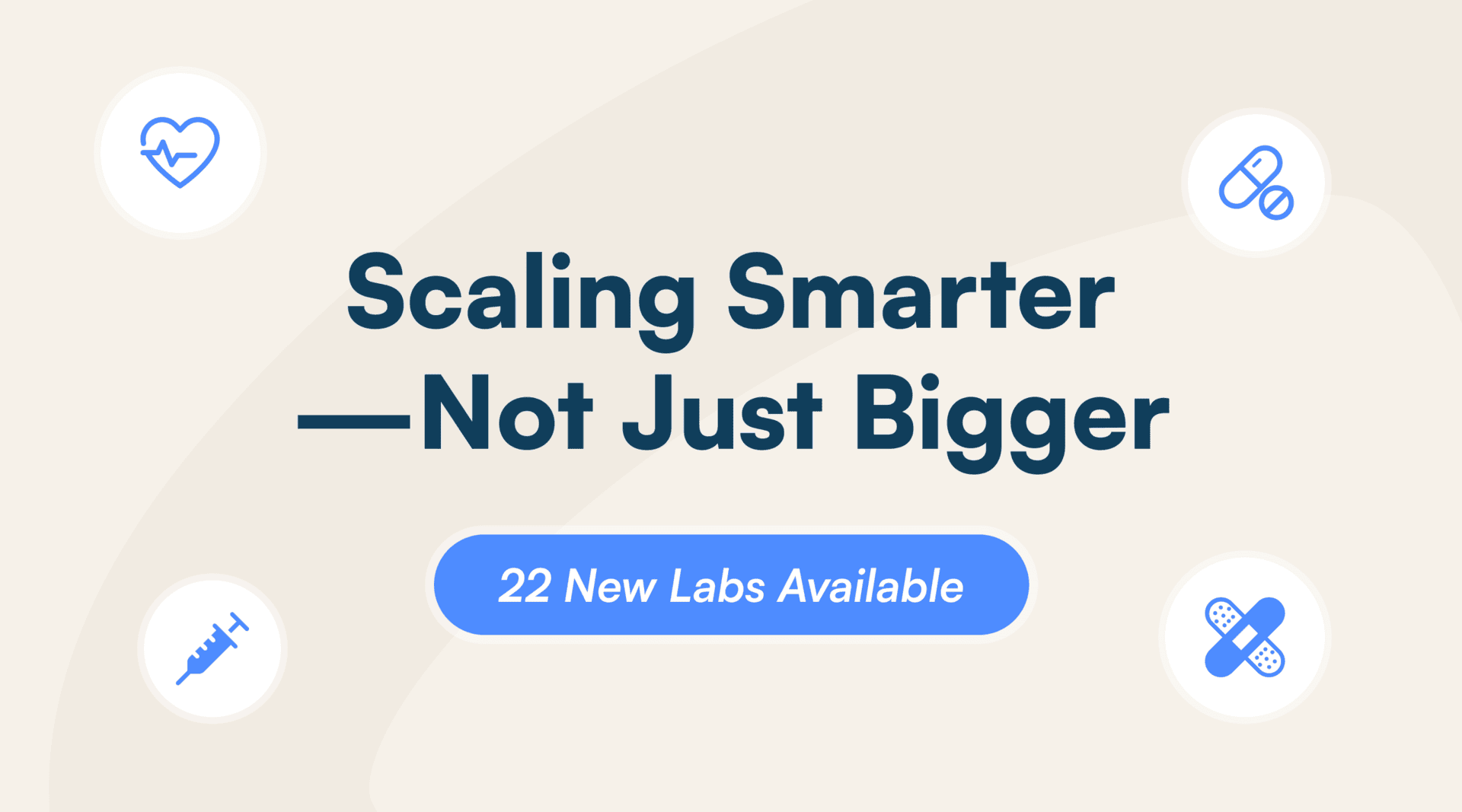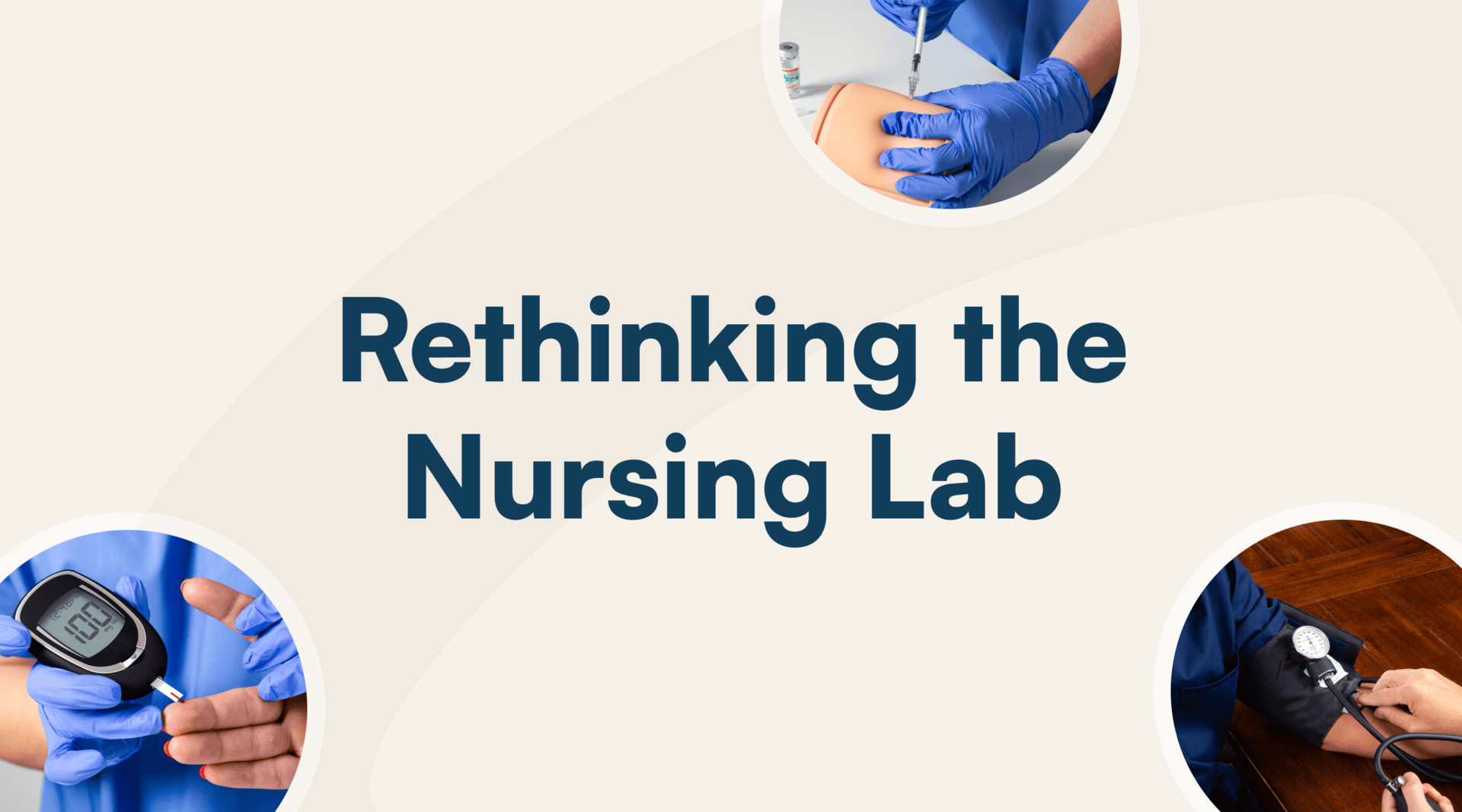In today’s world, we hear words like “online” and “remote” tossed around interchangeably. Some people use these terms to describe any experience that takes place on a digital platform, outside of a traditional learning environment.
However, online learning and remote learning are not exactly one and the same. Even many educators claimed to have adopted “online learning” in the wake of the pandemic, but in reality, they’ve switched to temporary remote learning – something entirely different.
If you’re in the world of academics, it’s crucial to understand the difference between online and remote learning, for the sake of your students and your course designs.
What is Remote Learning?
The word “remote” applies to emergency or sudden distance learning due to arising individual or group needs. These are scenarios in which students are learning remotely due to circumstances that prevent them from attending class in a physical, face-to-face environment.
The class was not intended to be hosted digitally, but it was updated or changed to accommodate student and educator needs.
This is exactly what happened with most institutions during the pandemic. In the spring of 2020, it was estimated that up to 84% of America’s undergrads had at least some of their classes moved to remote instruction as a measure to keep learners and faculty safe.
As we saw over the past few years, shifting to remote learning setups is typically not a strategic, thoroughly planned change. During COVID-19, institutions of all sizes, from large universities to small colleges, were forced to quickly adapt tools, services, and software that made remote learning possible during the pandemic.
Of course, remote learning isn’t just a solution to situations like a pandemic. Many individual students have adopted remote learning setups due to health concerns, transportation issues, or disabilities. In these situations, courses can be adapted to remote setups for the safety and benefit of the student.
The bottom line: Remote learning provides an excellent opportunity to continue education despite disruptions caused by weather, societal crisis, or health concerns. Remote courses are flexible and accessible to all, which makes learning convenient despite unusual circumstances.
Today, providers like Science Interactive are making it possible for schools to quickly and effectively implement online courses. We offer solutions that are specifically designed for digital delivery and that follow the highest online learning pedagogy available.
The Future of Remote Learning
As the world continues to move forward, there may come another time in which remote learning is beneficial or necessary for schools. Whether it’s a sudden weather-related disaster or another public health concern, circumstances will likely lead to students attending online courses in a remote capacity once more.
What Is Online Learning?
Online learning courses are specifically designed to take place online.
Successful online learning includes specific pedagogies based on the best practices for online learning – not quick accommodations to make distance learning possible. It’s a main mode of education, not an exception to in-person learning.
Today, it’s estimated that about a third of college students are taking at least one course fully online. When asked about the benefits, most students (and educators) praise the effectiveness of online learning as well as its:
- Flexibility/schedule options
- Wide accessibility
- Unique engagement opportunities
- Efficiency (both for students and instructors)
The Future of Online Learning
Although most academic institutions have already switched back to in-person instruction, there’s still a lot happening in the world of distance learning vs remote learning.
The e-learning industry has experienced massive growth over the past decade. Now, it’s expected to reach over $300 million by the year 2025. We consistently see more students signing up for online courses, as well as new solutions to make online learning effective and enticing.
Online learning has an especially bright future amongst students working toward an associate’s or bachelor’s degree.
The number of higher-education students enrolled exclusively in online programs increased from 3.5 million in fall enrollment data to 5.8 million in 12-month enrollment. Young adults (and older working adults) are on the hunt for learning opportunities that fit their lifestyles, and they’re increasingly found in online courses.
Tackling Remote and Online Learning Challenges
Online learning and remote learning are not interchangeable terms. While remote learning is often used in emergency or unusual situations, online learning is specifically designed to take place over the internet. These courses are planned with the long-term needs of digital learners – not adapted to take place online for certain students or periods of time.
At Science Interactive, we’ve been at the forefront of both online and remote learning trends. As education adopts a more flexible, technology-based approach to learning, we’ve worked to provide solutions that help all students succeed.
With hands-on lab kits, digital lessons, and our own online learning platform, our company ensures that lab science courses don’t have to sacrifice quality or integrity when conducted over the internet. Whether you’re accommodating the needs of select students with remote learning or creating an entire online course from scratch, we’re here to help.
To learn more about remote learning vs online learning, please reach out to our team. You can also experiment with our custom course builder.
Discover more articles

Science Interactive Launches New Nursing Fundamentals

What Clinical-Ready Actually Looks Like (And How to Get There Sooner)


